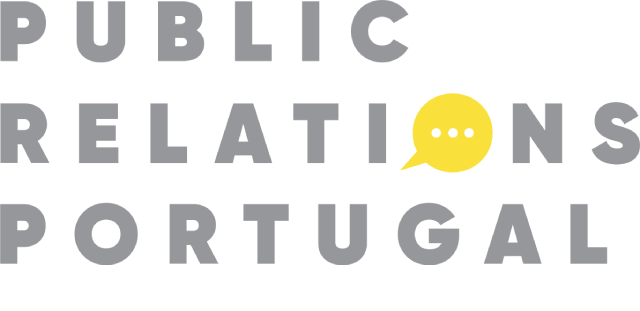Professional services firms traditionally prioritize client service quality over competition. However, with markets becoming more challenging and clients more demanding, companies must consider their competitive landscape.

The competitive challenge.
The competitive landscape for the professional services firms, regardless of size, demands attention from leadership. While firms often prioritize improving their own work over direct competition, shifts in the market can pose significant threats. As markets tighten and competition increases, companies must consider explicit competitive strategies to attract and retain clients. This may involve adopting a challenger approach to gain market leadership or focusing on niche differentiation to enhance margins and client appeal. Moreover, firms must effectively implement those strategies to guide day-to-day management decisions.
Reprise of relevant concepts:
Professional service firms must address their competitive stance strategically. While they may typically focus on tactical responses to competitors during specific events like client proposals or acquisitions, changing market conditions requires a more strategic approach to manage competitive competence. Forward-thinking leadership should integrate clear competitive strategies into their firm’s processes to navigate tightening markets effectively.
Various approaches from other industries and theoretical frameworks offer insights into competitive strategy. Additionally, market positioning, military analogies for competitive stance development, service quality as a competitive strategy, critical success factors, and value chain analysis provide valuable tools for firms to sharpen their competitive edge.
However, firms must exercise caution when applying these strategies, as they may not fully align with the unique dynamics of professional services markets. Successful implementation requires a deep understanding of market positioning, client perceptions, and industry evolution to ensure sustained competitive advantage.
Competitive tracking and analysis.
Effective competitive response relies on market insight and thorough analysis, yet many service firms lack reliable measurement systems common in other industries. Larger firms often address this gap by purchasing research surveys or establishing competitive research units to gather intelligence on competitors. This includes examining objectives, performance, organizational structure, leadership changes, strengths and weaknesses, marketing strategies, and success rates. Without such systems, firms risk relying on anecdotal or inaccurate information, potentially leading to misjudgements about their competitive position. Establishing objective methods for gathering competitor intelligence is essential for informed decision-making.
Sources of competitive advantage:
Identifying sources of competitive advantage is crucial for effective competitive strategy. Key sources may include:
- Core competence: This represents the skill or function that receives consistent investment and attention within the organization, leading to improved performance and cost efficiency over time. While defining core competence can be challenging, it is essential for leveraging the company’s strengths.
- Corporate brand: A strong corporate brand can serve as a powerful competitive advantage by resonating with the target market and fostering client loyalty. Clients are more likely to choose and repurchase from a company with a reputable brand, making it an asset.
- Client relationships: The depth and quality of relationships between a company and its clients are also sources of competitive advantage. Responsive and consistent client experiences build loyalty and advocacy, contributing to a sustained business growth.
- Distribution: The way a firm reaches its clients can be a significant source of competitive advantage. Whether through strategic location, specialized services, or skilled representation, effective distribution strategies ensure access to target markets and capitalize on untapped demand.
Assessing and optimizing these sources of competitive advantage should be integral to regular strategic business reviews, ensuring alignment with market opportunities and maintaining competitiveness in the industry.
Improving the firm´s competitive competence.
The chief marketing officer (CMO), besides interpreting market trends, also ensures the firm has the skills to match market demands. This involves two key tasks: identify areas needing new skills or processes across the firm and improve the marketing function’s abilities to tackle strategic challenges. The focus is on ensuring the firm remains competitive by addressing evolving market needs effectively.
